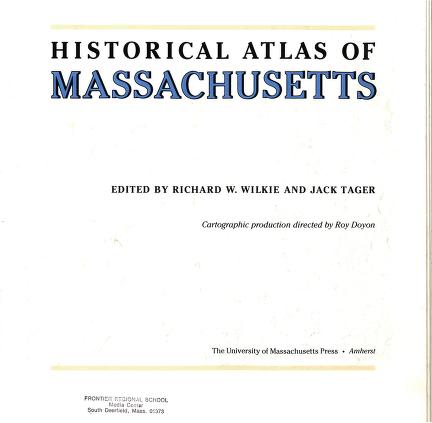




Advanced Search
| Online Collection |
|
|||||||||||||||||||||||
|
Most of the early towns of New England were laid out using patterns from the towns of England and modified for the needs of the New World. For most of them, the houses were clustered together and mostly in sight of each other, useful for both defense and social control. The lots were long and narrow. In an ideal circumstance, lots like this gave farmers a portion of the rich bottomland near the water, a portion of intermediate land, and a portion of wooded upland. Failing that, narrow strips were allocated in those different environments: bottomland for farming some crops; intermediate for others; and the woodland for lumber and wood for cooking. The commons initially was used for pastureland and grazing, not, as many believe, for mustering the militia: that use was much later and rarely done.
|
Puritan Village patterns from "Historical Atlas of Massachusetts"
|
| |
Home | Online Collection | Things
To Do | Turns
Exhibit | Classroom | Chronologies | My
Collection
About This Site | Site Index | Site Search | Feedback


